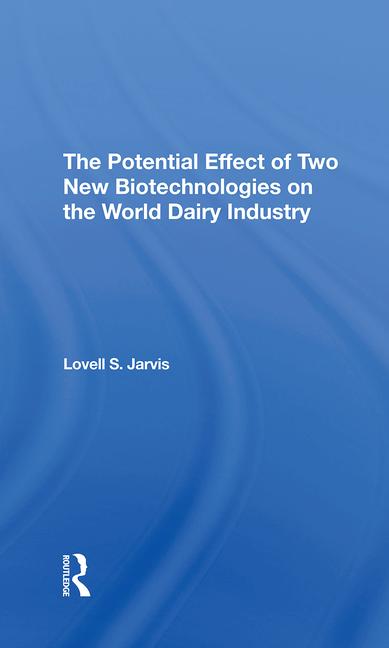
Photo courtesy of Danisco
Of those aware of such correlations, the majority is already consuming these nutrients for these reasons, or plans to in the near future. Specifically, 56% of respondents are aware that protein contributes to satiety and are already eating protein for this reason; 38% are very or somewhat likely to within the year.
Without a doubt, the marketing efforts by Greek yogurt companies has contributed to this knowledge, as the key nutritional benefit of Greek yogurt is its higher-than-average protein content for refrigerated cup yogurt. Though most Greek yogurt packages don’t make satiety claims, a call-out on protein content appears to suffice, as an overwhelming number of Americans seem to get it.
The message of fiber’s ability to fill one up has been around much longer. So, it should be no surprise that 60% of those surveyed who recognize that eating fiber can provide a feeling of fullness are already consuming fiber and another 36% plan on getting more fiber in their diet soon.

Photo by Rasmus Baaner
Trying to understand why people overeat to the point that their weight becomes deleterious is the focus of many scientific disciplines. Excluding those individuals with recognized metabolic diseases, the one common element among most overweight and obese individuals, as well as those individuals in a “safe zone” but who must constantly “work at it,” is that they eat because they feel hungry.
Real, perceived or the result of conditioning (sometimes the fear of feeling hungry can actually stimulate appetite), the desire to feel full is a driver of consumption. So if a food or beverage can “fill you up” and make you not want to consume more, it can be a very effective tool to assist in weight loss and weight management.
Being in the dairy industry, milk proteins, in particular whey, are the logical choice for an ingredient to boost the protein levels of all types of dairy foods, from fluid to cultured to snacks. Suppliers are also promoting other protein ingredients for their ability to induce satiety, most notably those derived from potato and soy.
Many fiber ingredients function by providing substantial bulk in the gastrointestinal system for prolonged periods, or slowing down digestion (gastric emptying), both of which contribute to a feeling of fullness. Fiber ingredients typically provide other benefits, from functioning as a prebiotic to reducing glycemic response. It’s important to determine the objective for adding fiber to a product formulation in order to make the most economical decision.
There are a number of other ingredients recognized for their appetite-suppressing abilities. For example, one supplier offers a 100% natural vegetable product based on pine nut oil derived from the nuts of the Korean pine (Pinus koraiensis). It has been shown to significantly increase the release of hunger-suppressing hormones. Another supplier markets an emulsion of oat and palm oils that has been shown to trigger an “appetite satisfied” signal to the brain.
With these ingredients, and the many others under investigation for their satiety-inducing abilities, the dairy industry can take a more active role in helping Americans shed some unnecessary pounds.


.jpg?height=200&t=1716226591&width=200)

